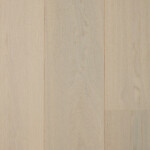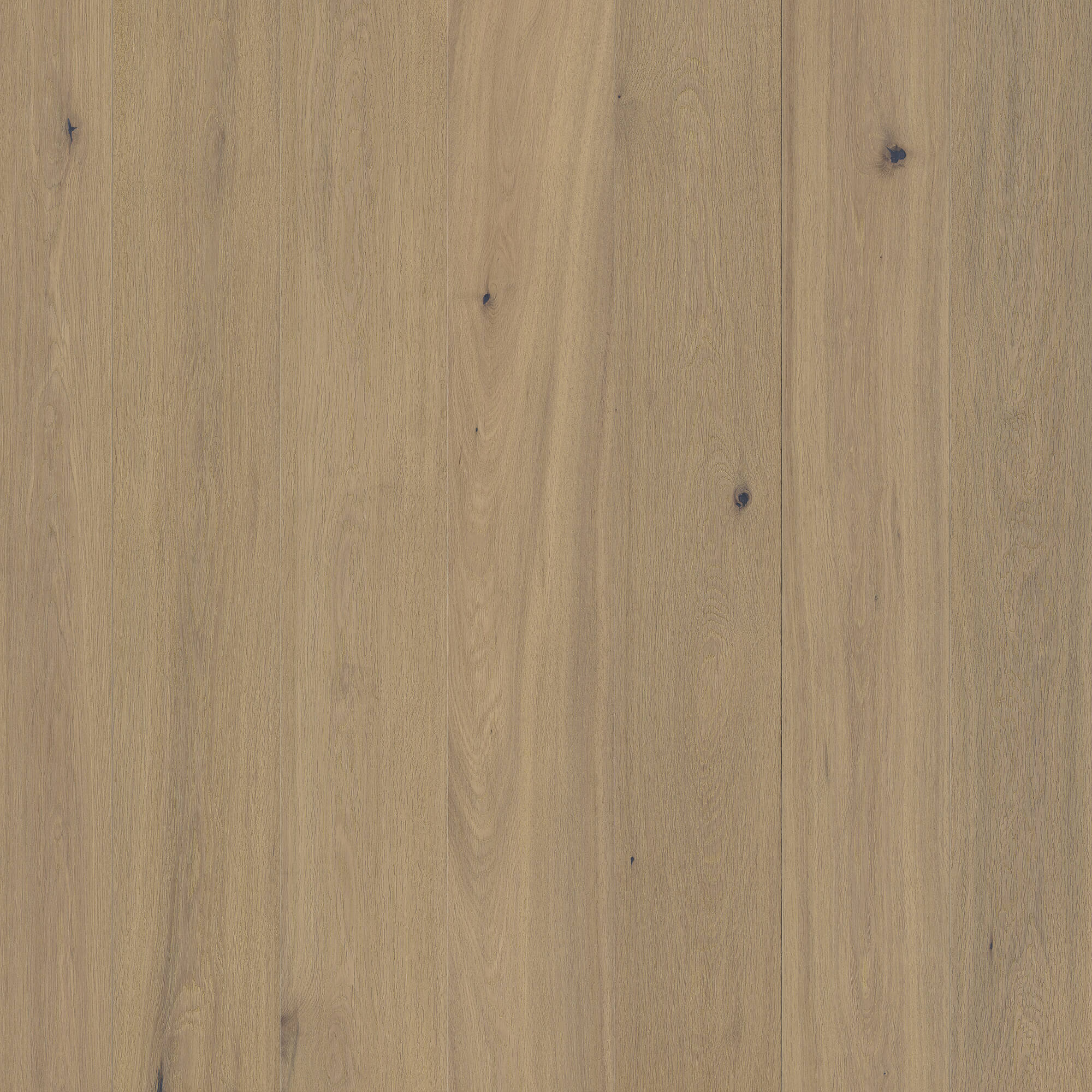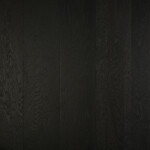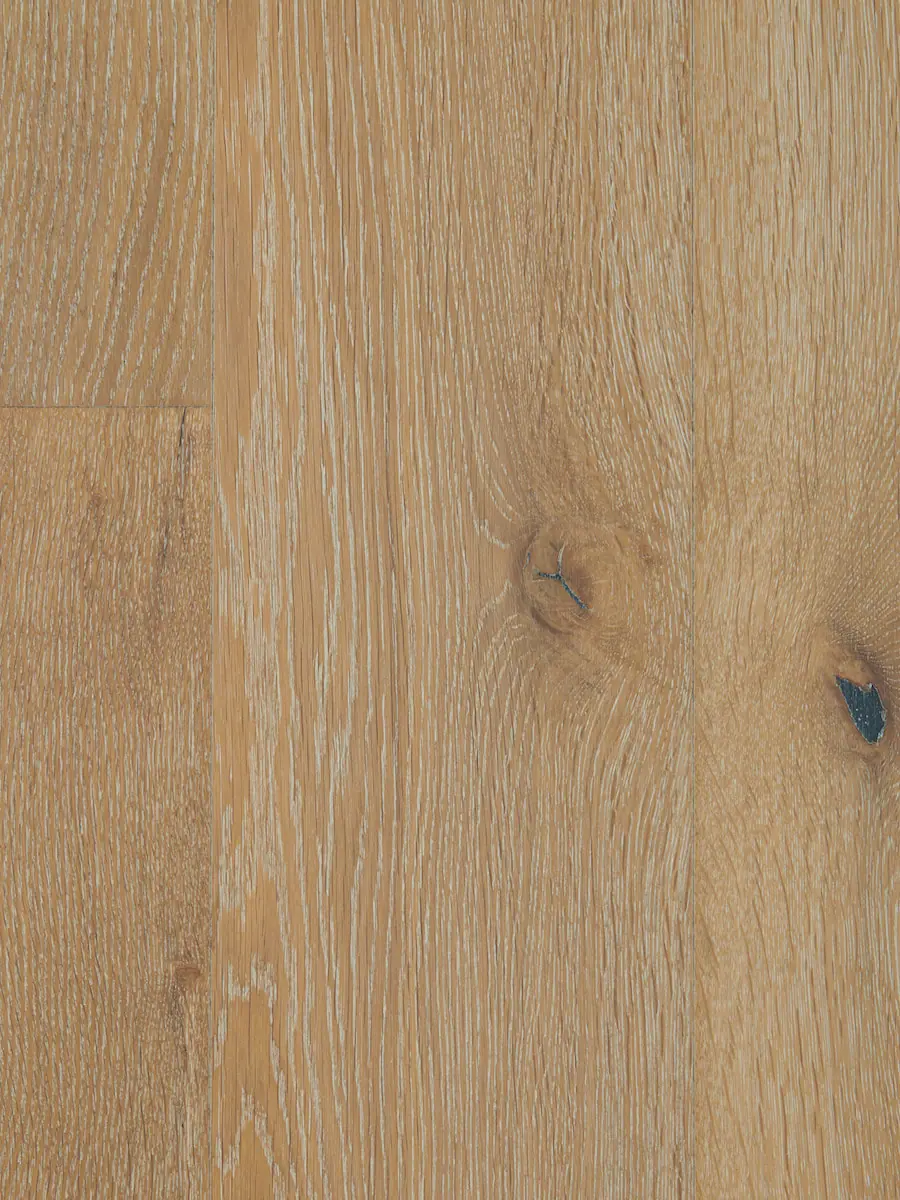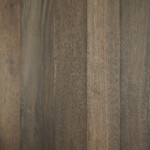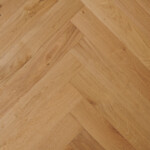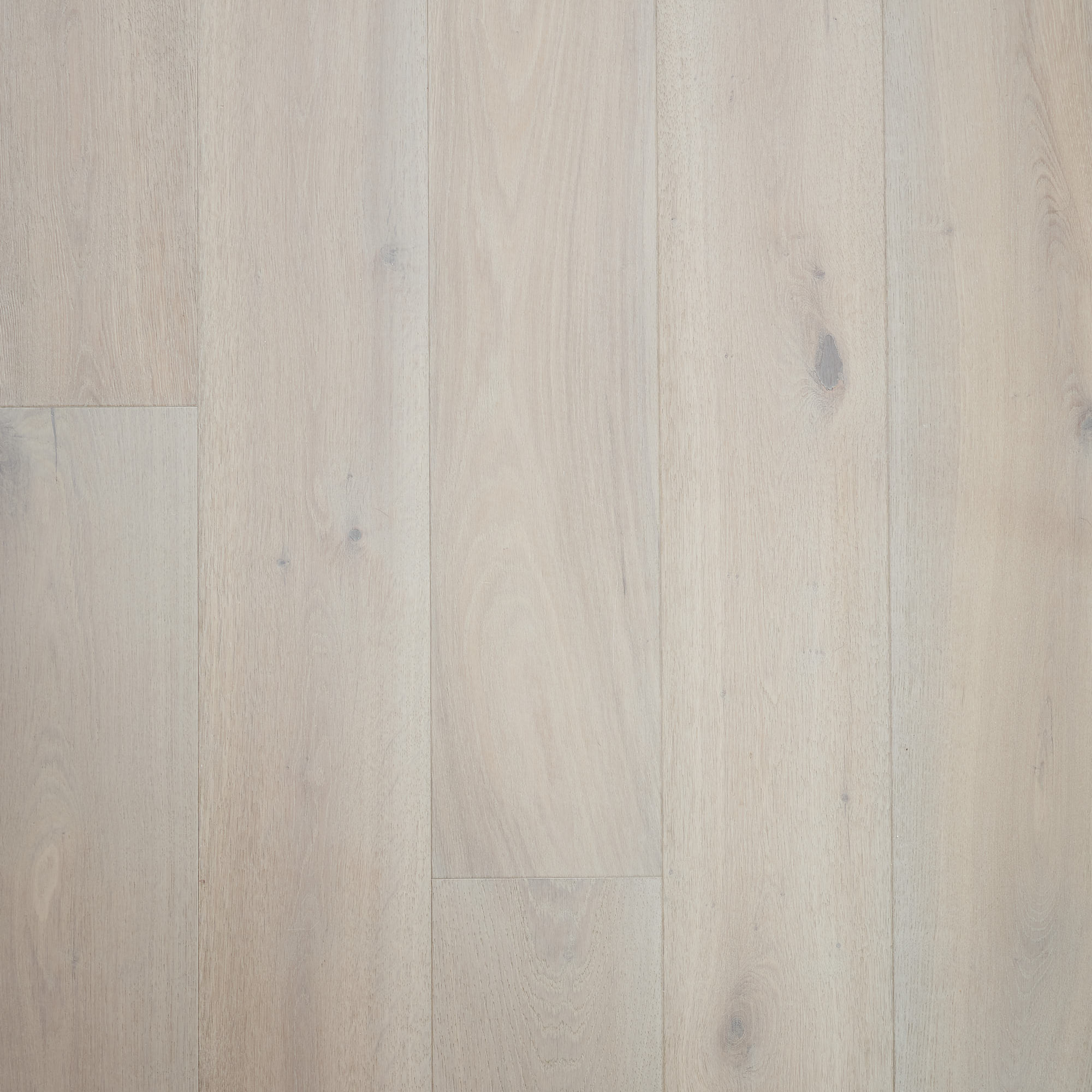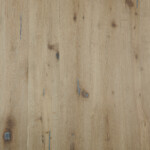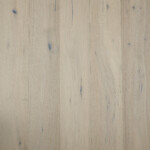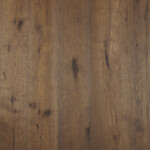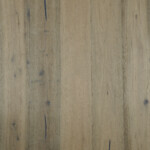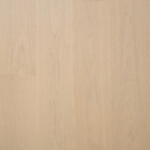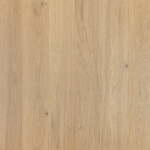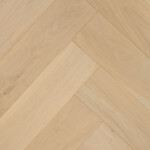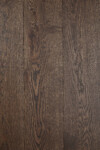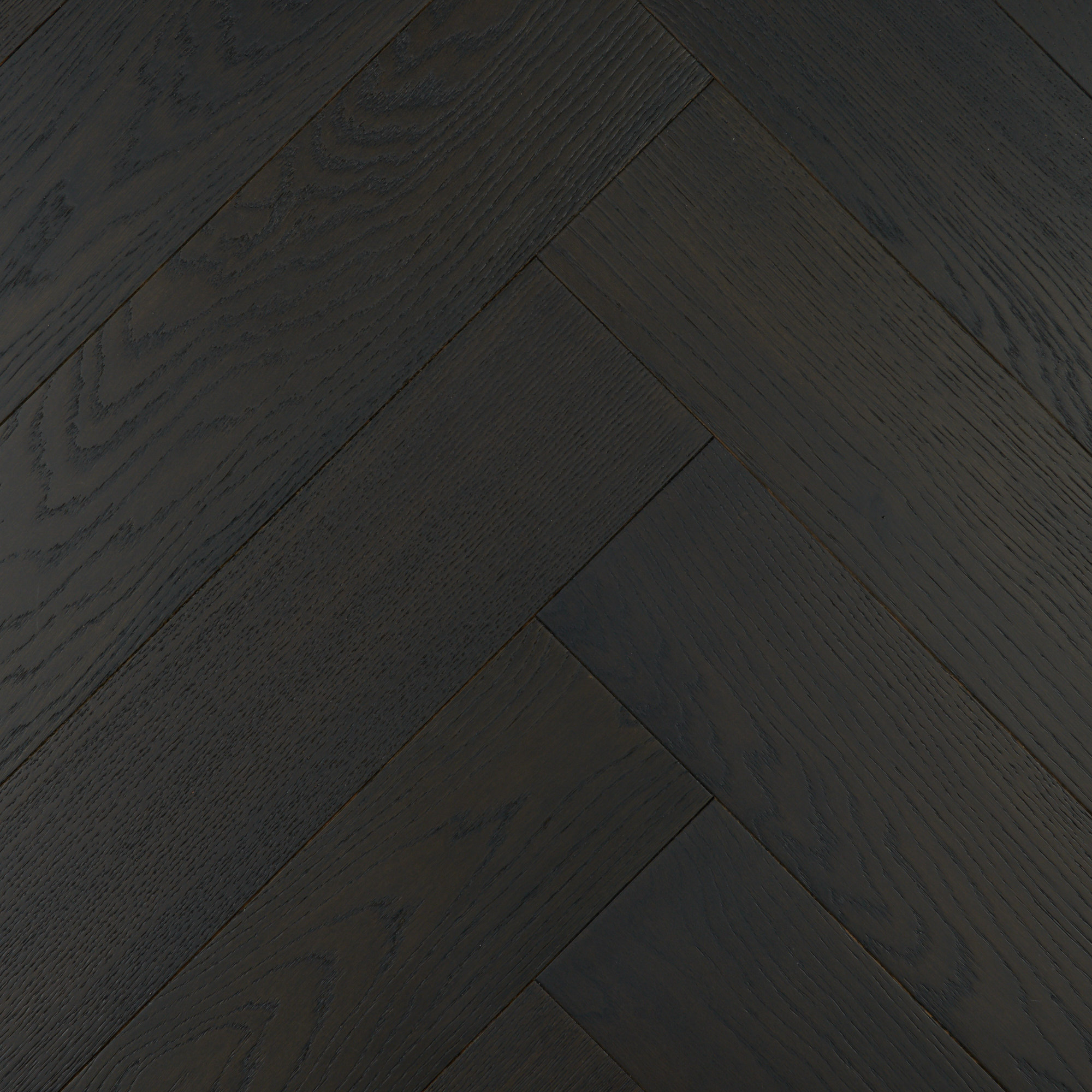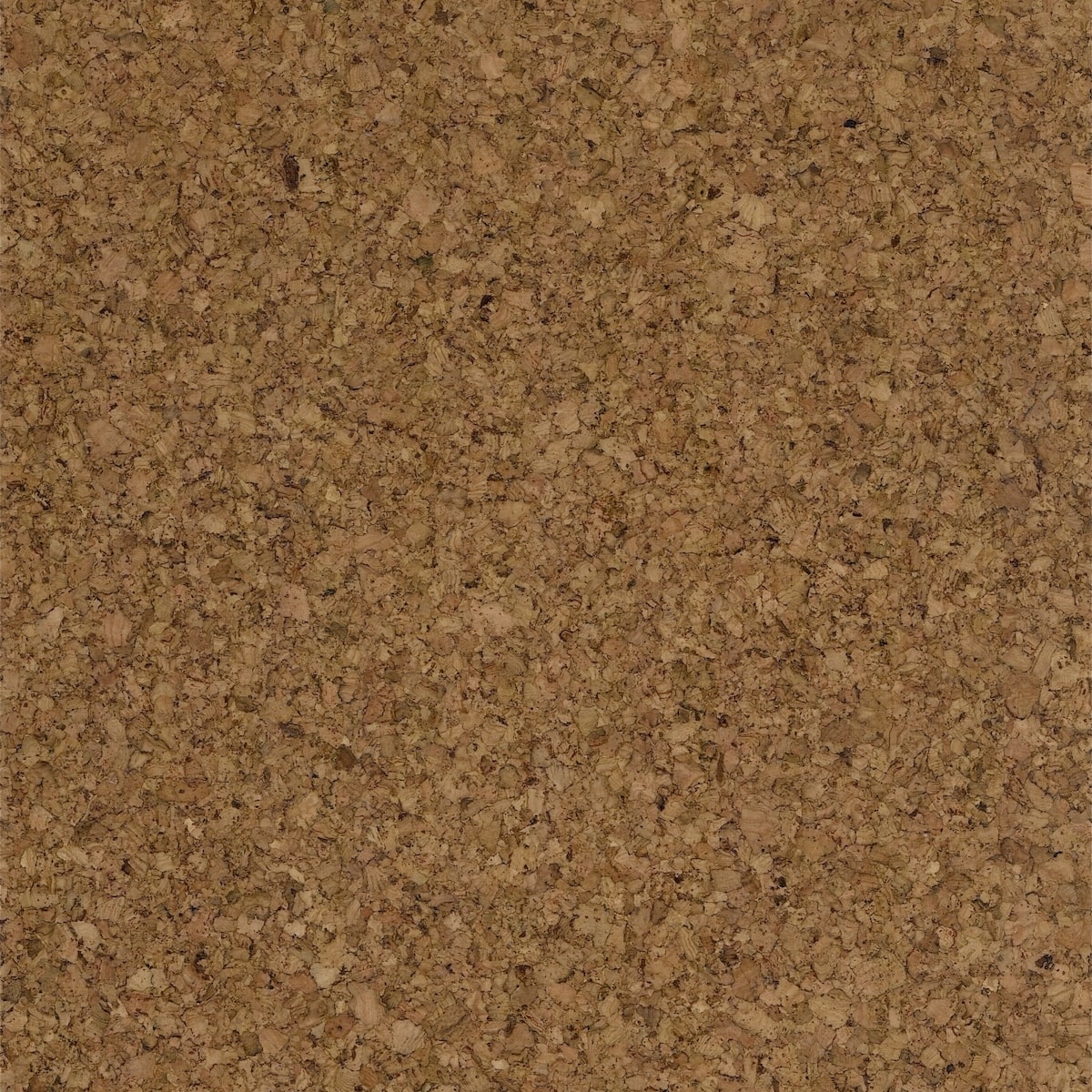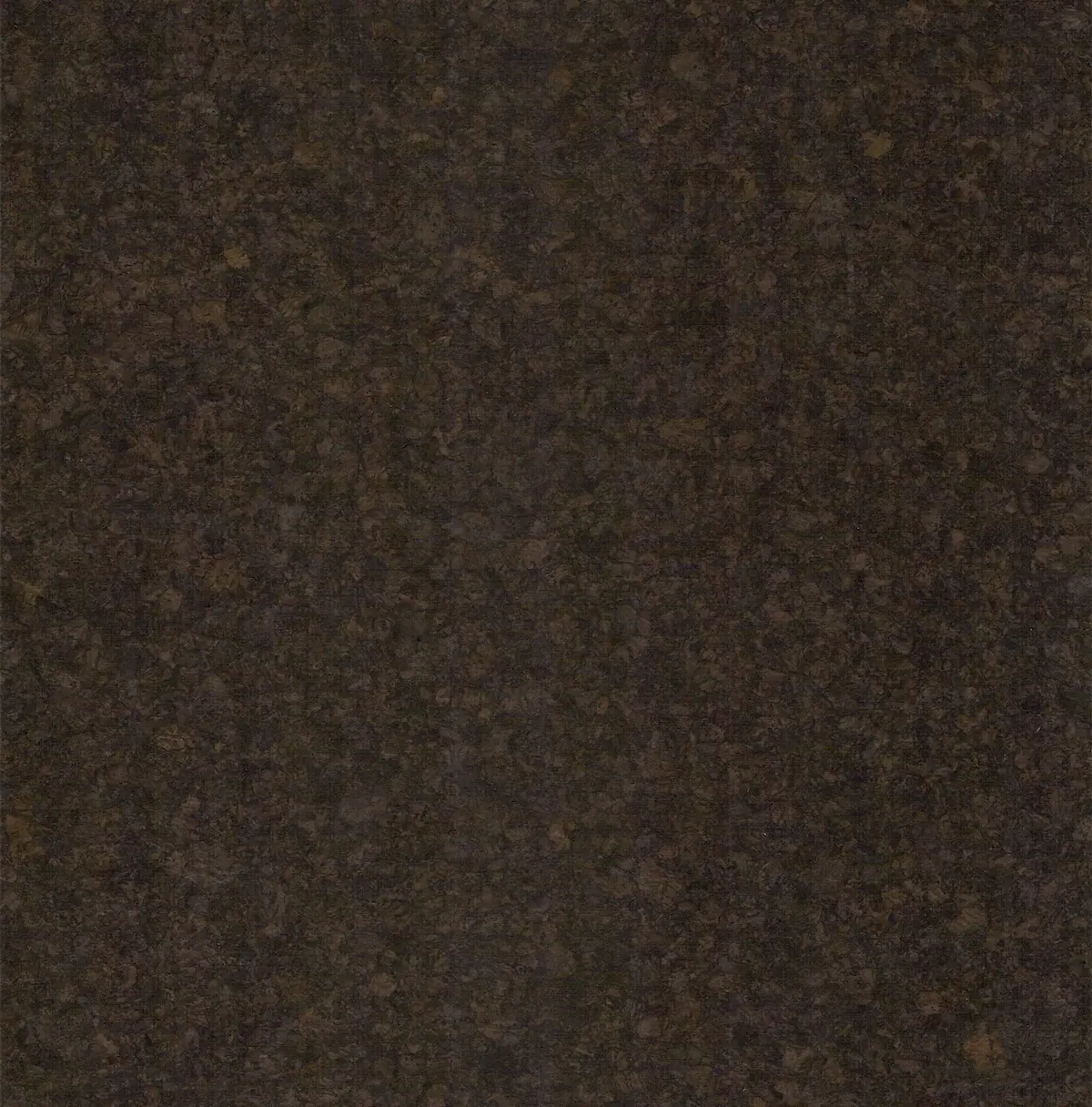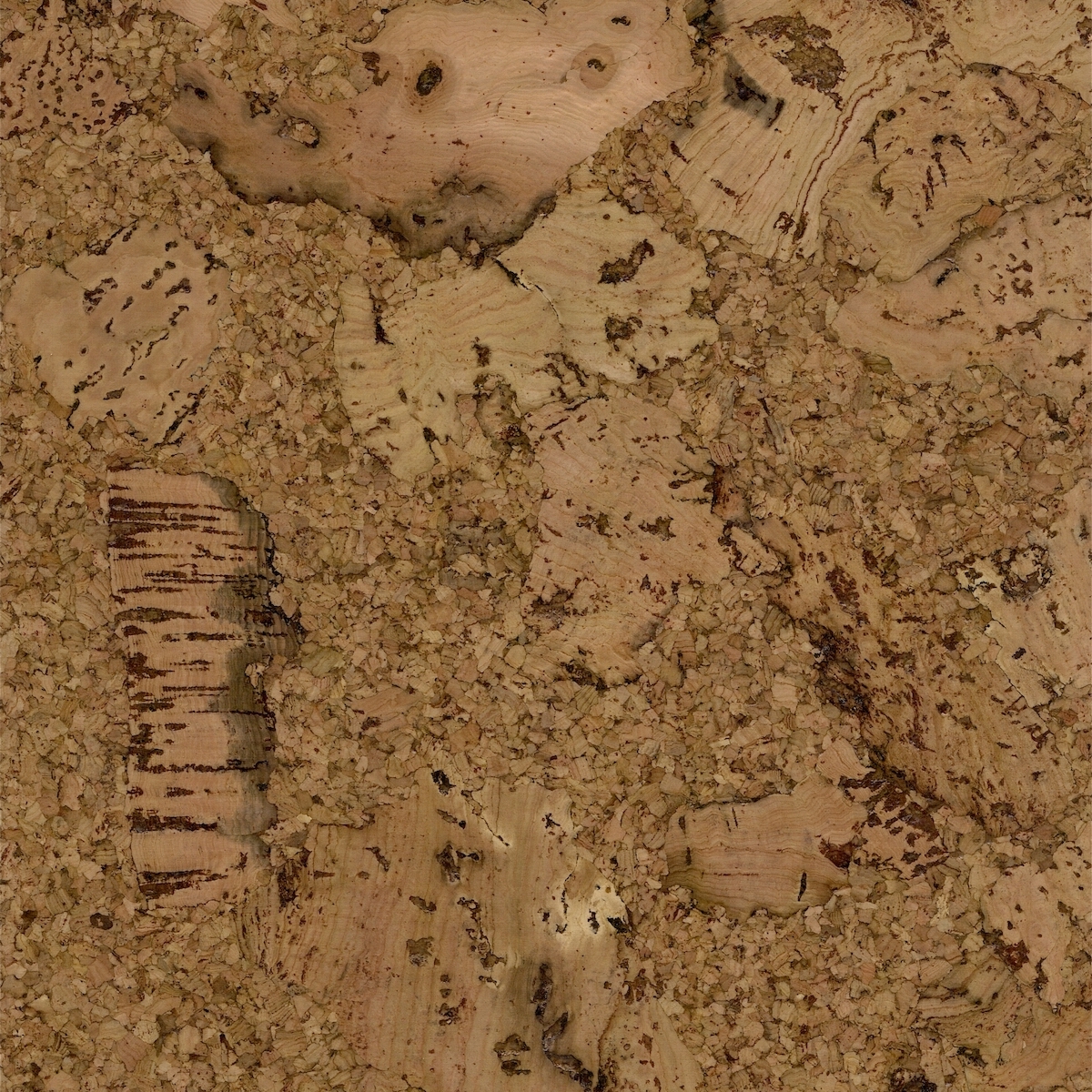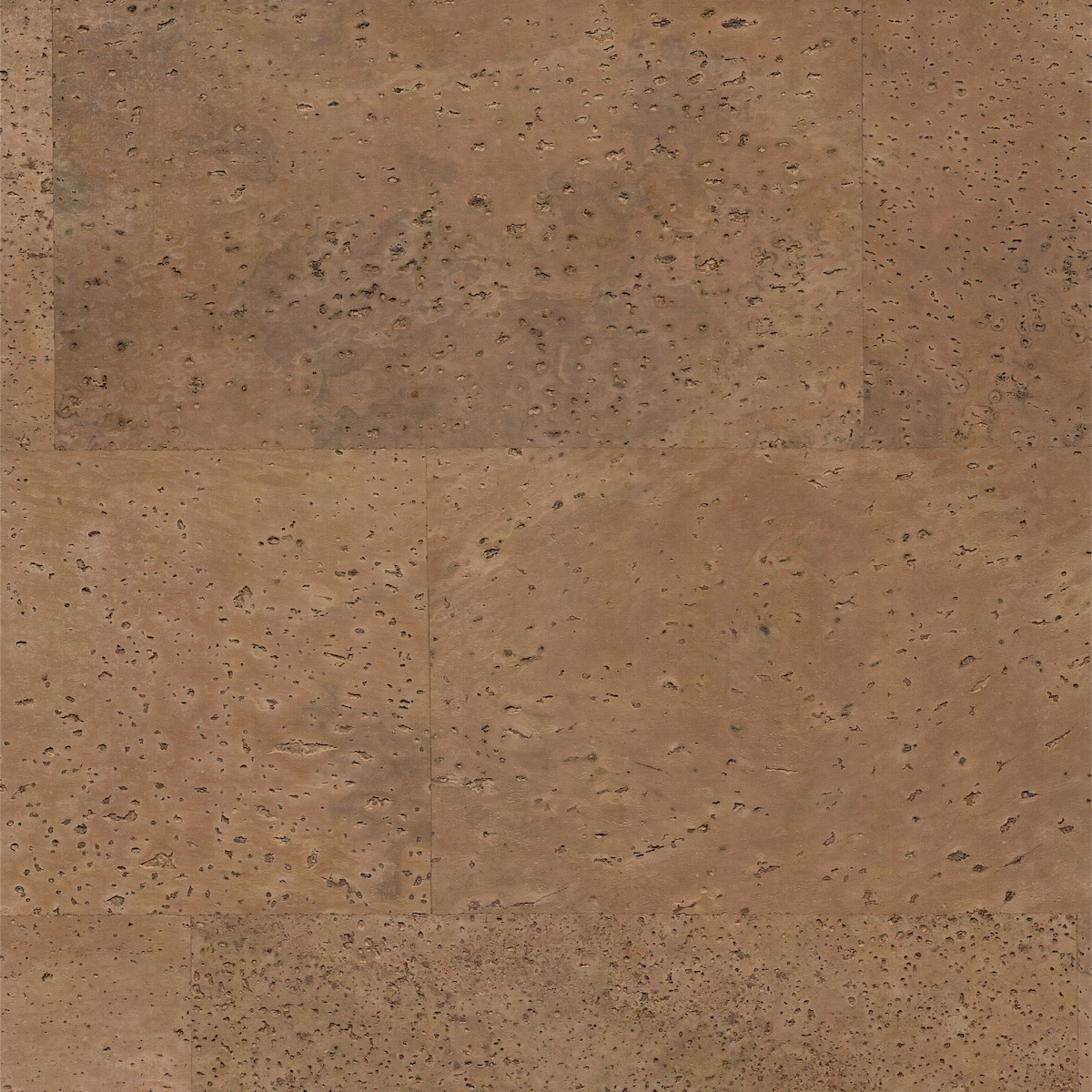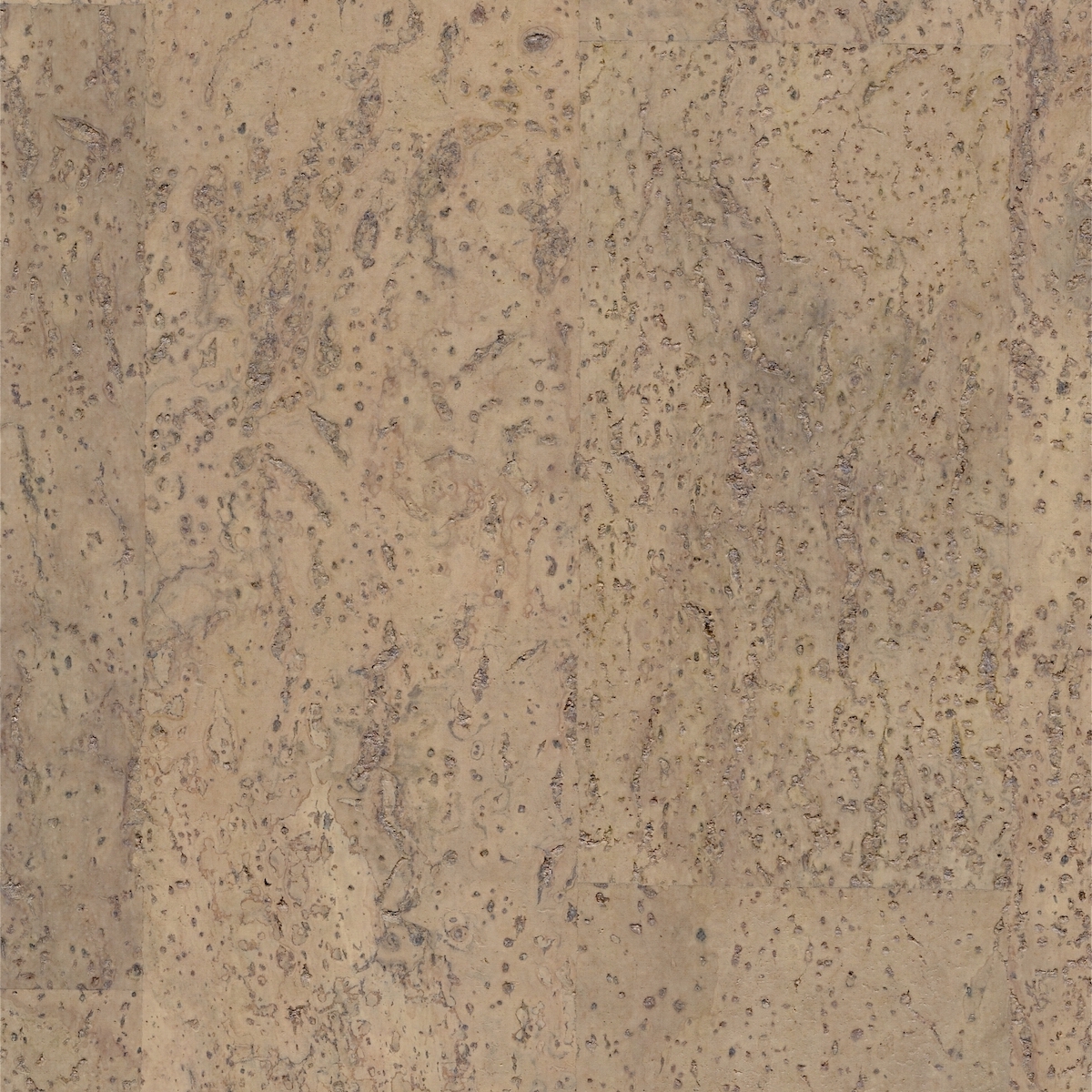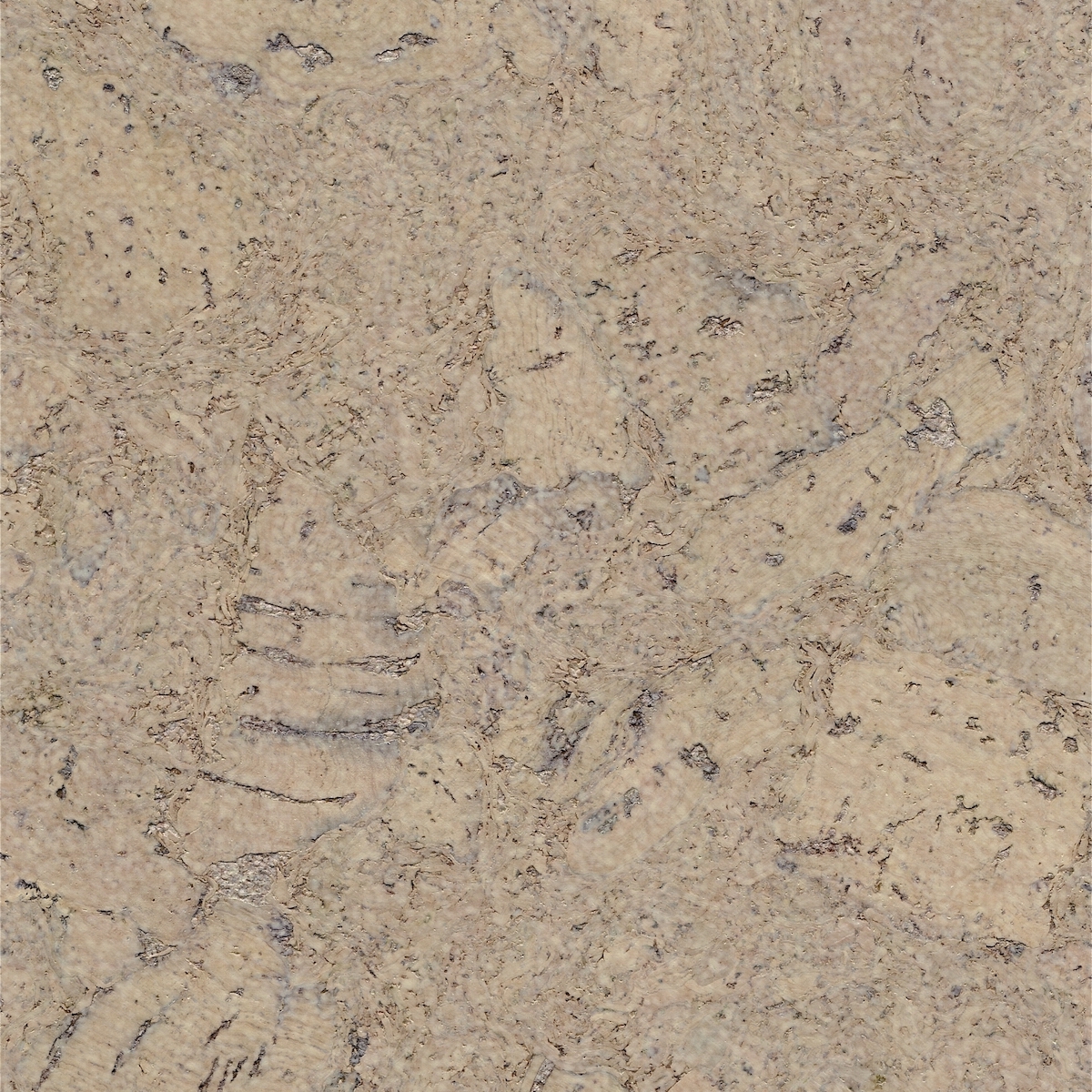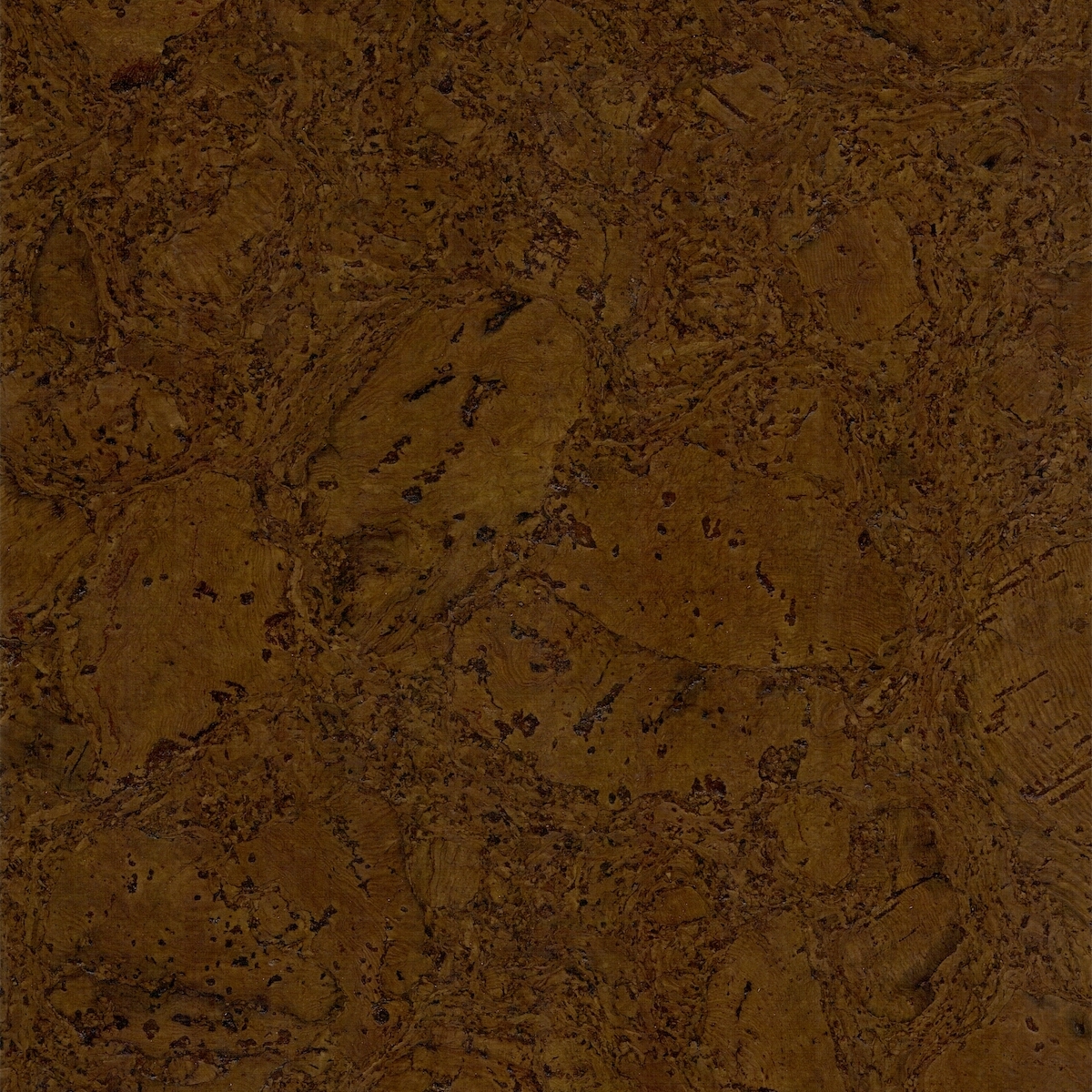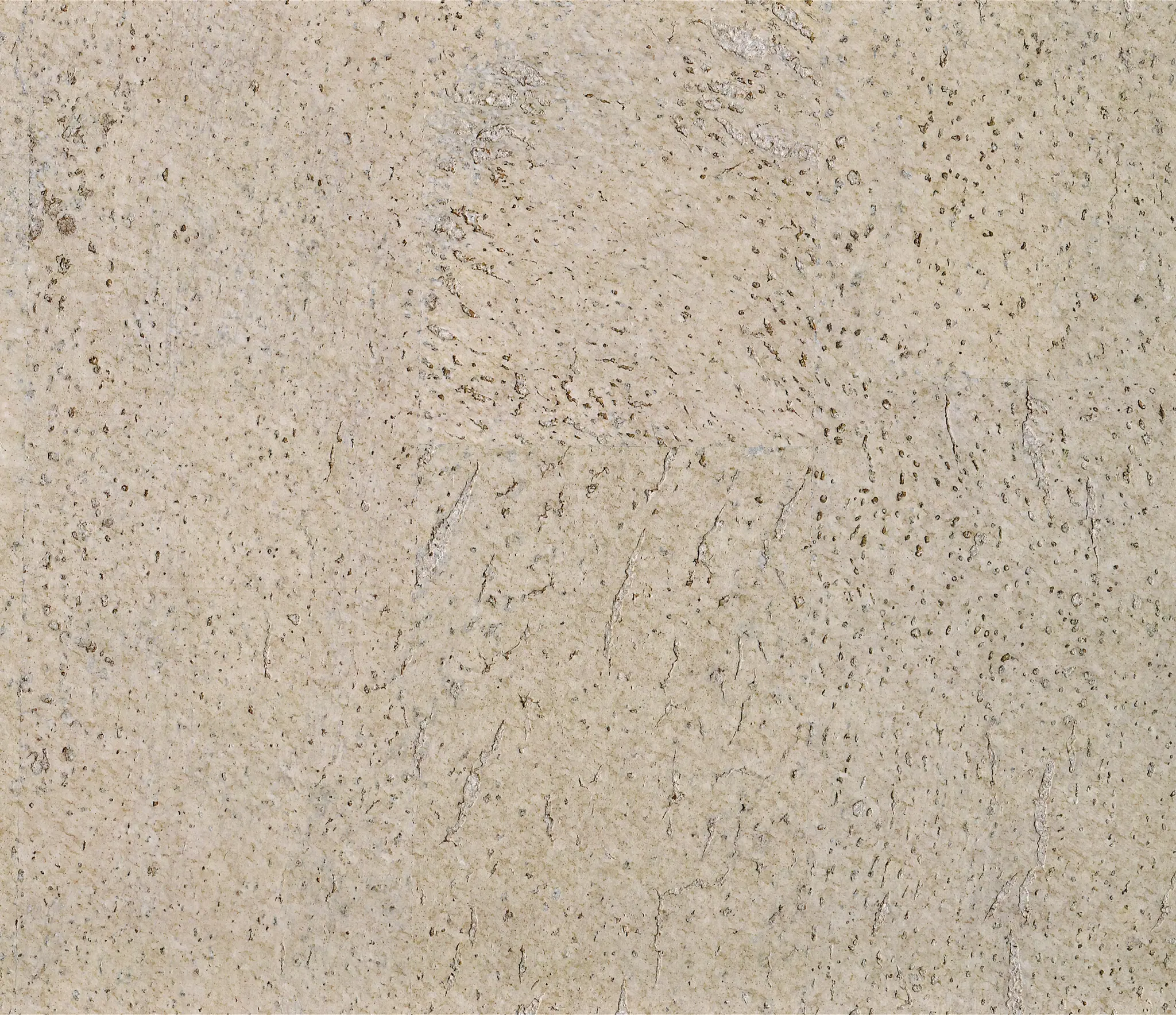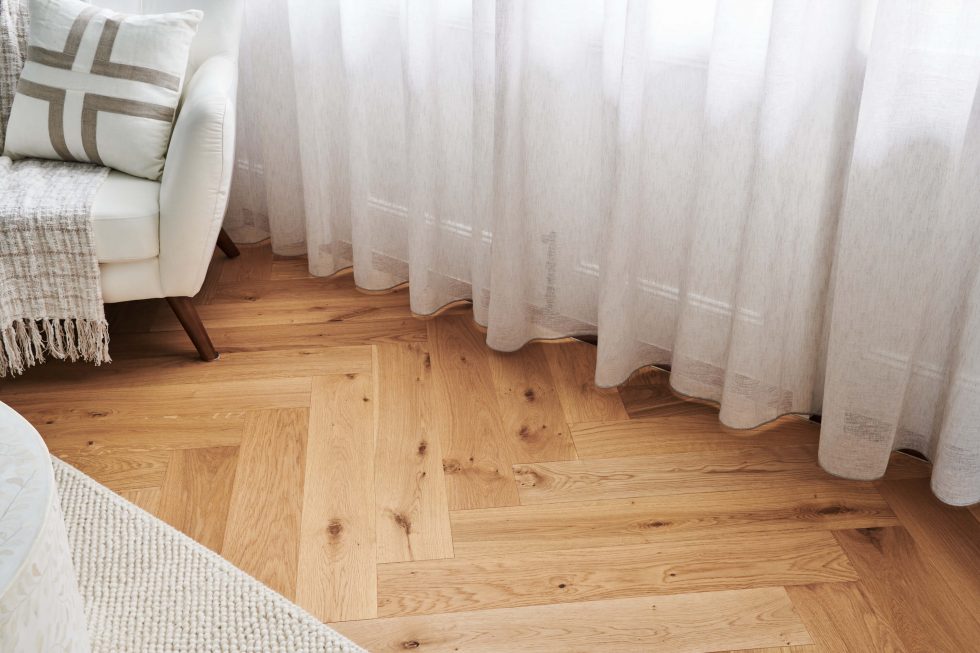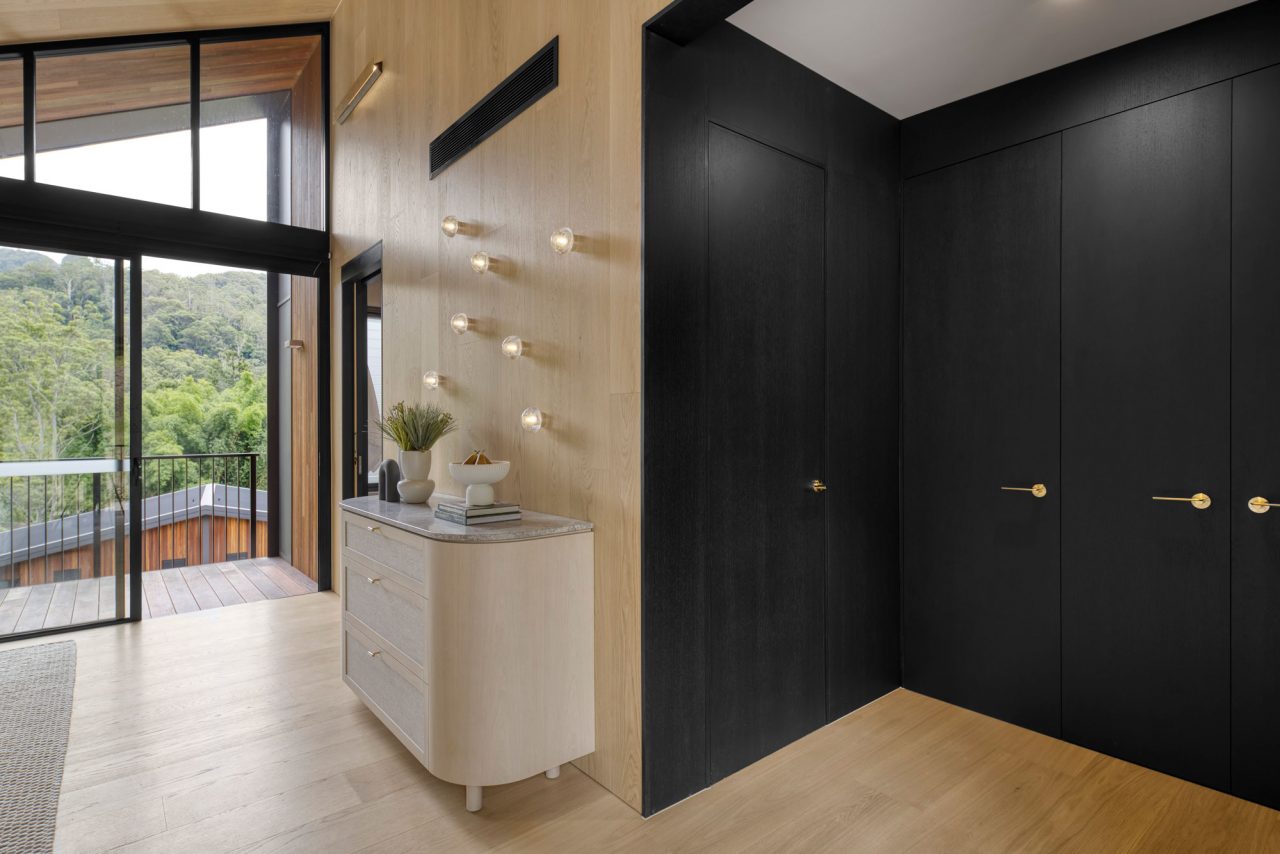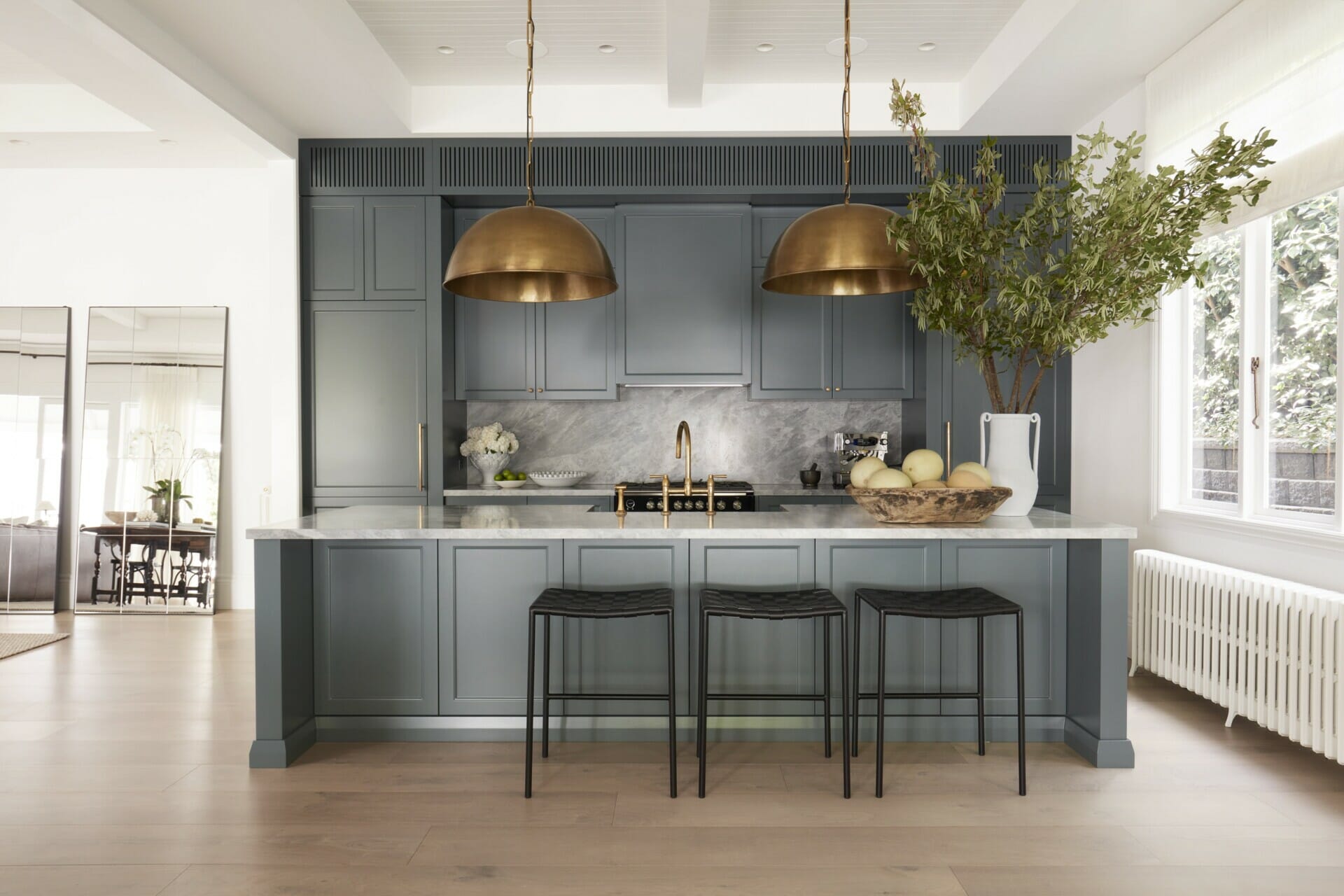Considering herringbone timber flooring? Here’s the lowdown
Herringbone engineered flooring is one of the most sought-after hardwood options, and for good reason. Its origins trace back to ancient Rome, where bricks were laid in the herringbone pattern for durability. Named after the herring fish, the pattern mimics its bone structure and falls under the broader category of parquetry flooring—hardwood arranged in decorative patterns. While parquetry includes other designs like chevron and basketweave, herringbone remains a favourite among homeowners for its unique blend of elegance and subtle complexity.
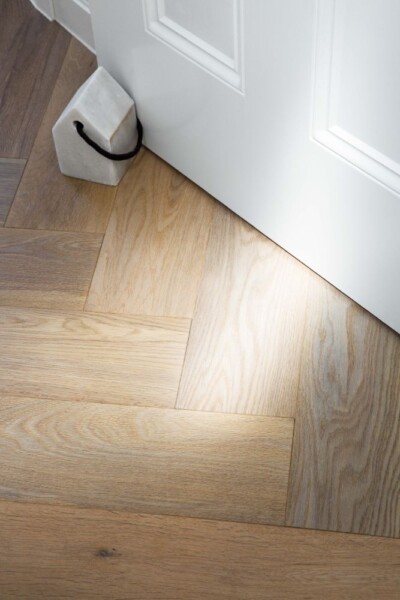
Why is herringbone flooring so popular?
Herringbone’s unique appeal lies in its balance of style and substance:
- Timeless elegance: A pattern that transcends trends, herringbone has remained popular for centuries due to its refined yet adaptable design.
- Visual impact: The interlocking pattern adds dimension, making it an ideal choice for rooms that need an extra touch of character.
- Versatility: Whether installed in a cosy bedroom or a grand entryway, herringbone flooring brings charm to any room.
Herringbone vs. chevron: What’s the difference?
Herringbone and chevron are both stunning zig-zag flooring patterns, but their differences lie in the plank arrangement, which influences the overall style and feel of the space.
Chevron flooring:
- Planks are cut at an angle to form a continuous V-shape.
- Creates a sleek, uniform, and modern appearance.
- Ideal for homeowners seeking a streamlined, contemporary design.
Herringbone flooring:
- Planks are laid at 90-degree angles, producing a staggered zig-zag effect.
- Offers a more dynamic, layered look with traditional appeal.
- Adds depth and texture, making it perfect for both classic and modern interiors.
Choosing between the two depends on the aesthetic you’re aiming for—chevron gives off a clean, precise feel, while herringbone adds a touch of timeless elegance with a modern twist. Both patterns bring sophistication to any room, but herringbone tends to offer a richer, more textured look.

Timber choices for herringbone flooring
The beauty of herringbone comes alive through the choice of timber. Some popular options include:
- European oak: With its striking grain and high durability, this is a top choice for herringbone floors. Its neutral tones fit into a variety of interiors, from modern minimalism to classic homes.
- Australian hardwoods: Known for their robustness and rich, natural hues, Australian hardwoods offer an environmentally sustainable option that’s perfect for high-traffic areas.
- Engineered timber: If you want the premium look of timber with added stability and cost-effectiveness, engineered timber offers the best of both worlds. The layered construction ensures longevity, especially in climates that fluctuate in temperature.
What patterns can you achieve with herringbone?
Herringbone floors are perfect for adding depth and character to any space, whether large or small. The type of timber you choose plays a key role in shaping the overall look. European oak, for example, is highly popular for its unique grain and eco-friendliness.
Herringbone flooring offers many options. You can choose dark stains for a classic, elegant look. Or, you can select blonde finishes for a relaxed charm. Its versatility is truly unmatched.
Today, you can explore a wide range of finishes, from chocolate browns to cool greys and light blondes, each enhancing the natural beauty of the wood. Staining offers a way to achieve your desired colour while maintaining a natural, organic look.
The size of the planks also influences the effect:
- Narrow planks: Perfect for urban or industrial-inspired spaces, adding intricacy and detail.
- Wide planks: Ideal for contemporary homes, providing a clean and spacious feel.
To add a unique touch, designers often mix different wood shades in the herringbone pattern. This creates dynamic, one-of-a-kind flooring. You can even customise your herringbone layout by adding borders or intricate details, tailoring the design to suit the shape and size of your room.
With so many options, herringbone timber floors can be as traditional or as bold as you want them to be!
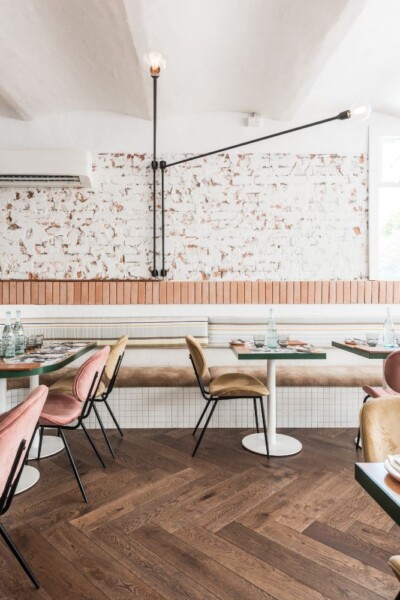
How much does it cost to install and maintain herringbone floors?
The cost of installing herringbone floors can change based on the type of wood, the finish, and the pattern’s complexity. It’s important to hire a professional installer like Kustom Timber. Herringbone patterns need precision, especially with tongue-and-groove methods. Pre-installation inspections are also needed to ensure the subfloor is suitable.
Installation costs can vary depending on whether you choose engineered or solid timber. Engineered timber is usually the more affordable option. Unfinished timber might add extra costs per square metre.
For maintenance, regular vacuuming and approved wood cleaners will help preserve your floor’s finish. Your installer can offer specific care tips to keep your herringbone floors looking beautiful for years to come.
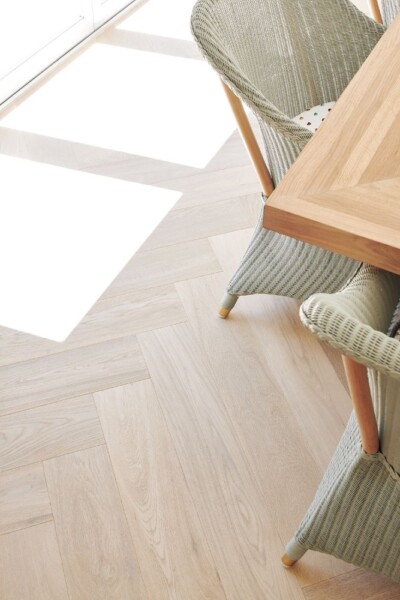
Caring for your herringbone timber flooring
One of the great benefits of herringbone flooring is its durability. Here’s how to keep your floors looking stunning for years to come:
- Regular cleaning: Vacuum or sweep frequently to remove dust and debris that can cause wear over time.
- Use timber-safe cleaners: Avoid using harsh chemicals or excessive water when cleaning — opt for a damp mop and wood-friendly products.
- Protection in high-traffic areas: Rugs or mats at entryways can prevent scratches and prolong the life of your flooring.
With proper care, herringbone timber floors will keep their beauty and style, becoming a lasting feature in your home.
Is herringbone the right flooring choice for you?
Herringbone timber flooring is an ideal choice if you’re looking for something that combines aesthetic appeal with practicality. Its detailed design improves both small and large spaces. With various timber and finish options, it can match your home’s style. Plus, with engineered timber options, it’s an affordable luxury that doesn’t compromise on quality or sustainability.
Style inspiration just for you!
Check out our Brighton East project, featuring timber from the Habitat Collection with an Organique finish. The natural grains and character of the wood really stand out, creating a beautifully organic look.
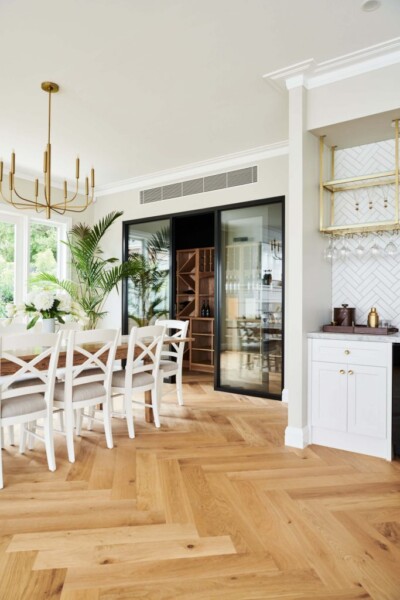
In our Torquay project, we used sustainable oak from the Como Collection to achieve a light, breezy vibe. The herringbone pattern adds youthful energy and a warm, welcoming feel throughout the home.
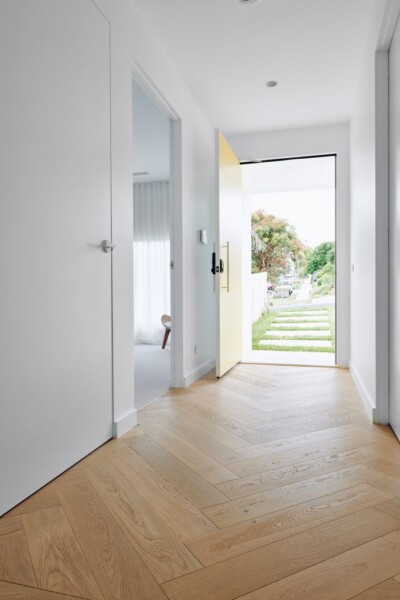
The Burleigh Heads project was all about turning heads with our stunning herringbone from the Como Collection — pure elegance.
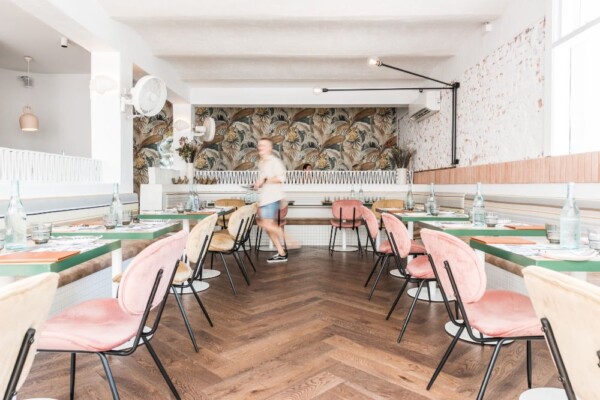
For more inspiration, explore our projects portfolio or chat with our team to start your own herringbone journey!
